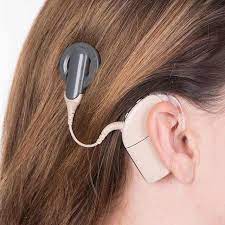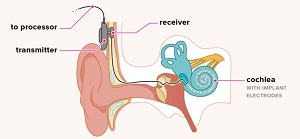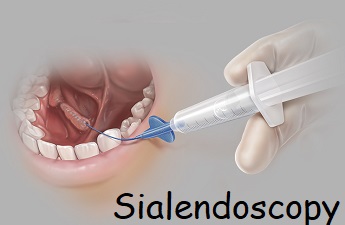Dr. K.K. Handa is one of the best ENT specialists and Head and Neck surgeons in the country with over 27 years of experience. Currently, the Chairman of Division of ENT and Head and Neck Surgery at Medanta Hospital, Gurugram, Dr. K.K. Handa specializes in treating Laryngology, Voice Surgery, Cochlear Implants, and Endoscopic sinus surgery.
After completing his MBBS from AFMC, Pune, Dr. K.K. Handa earned his MS(ENT) from PGIMER, Chandigarh. He has a Commonwealth Fellowship for Training in Lasers from Glasgow Royal Infirmary, UK. He is an active member of the Indian Society of Otology, Governing Body of Association of Otorhinolaryngologists of India, Indian Society of Rhinology, Governing Body of Association of Otorhinolaryngologists of India, and member foundation of Head and Neck Oncology.
Dr. K.K. Handa was the Organizing Chairman, World Phonocon 2017 and the Former President, former Vice President and the Founder Secretary of the Association of Phonosurgeons of India. Before Medanta, Dr. K. K. Handa has worked with PGIMER and was an Associate Professor at AIIMS, New Delhi.

What are Cochlear Implants?
Cochlear Implants are small electronic devices that are surgically inserted into the ear to simulate the hearing process. They consist of two parts – internal or receiver and external or stimulator. The internal part is placed deep inside the ear while the external part remains outside and is visible.
The external part has a microphone to pick up sounds, process them and send signals to the internal part. The internal part has a thin wire and electrodes that stimulate the cochlear or auditory nerve in the inner ear. The cochlear nerve sends information to the brain similar to an actual hearing sensation.
Cochlear implants can be placed in one or both ears depending upon the extent of the hearing loss.

How are cochlear implants different from hearing aids?
Both cochlear implants and hearing aids are used to treat sensorineural hearing loss but are different in some ways.
-
Cochlear implants have to be surgically placed in the inner ear while hearing aids do not need any surgical implantation.
- A hearing device can be worn or removed by the user at will. Only the external part of the cochlear implant can be removed.
- Hearing aids help when the hearing loss is mild to moderate. Cochlear implants are recommended when the hearing loss is profound or the person/child is deaf.
Who can get cochlear implants?
Cochlear implants are recommended for people who:
- Have moderate to severe hearing loss
- Have scored less than 50 percent in sentence recognizing tests without hearing aids or have scored less than 60 percent with hearing aids in one or both ears.
- Have not benefited from hearing aids
- Have no underlying medical conditions that can impact a cochlear implant surgery
- Do not have anatomical defects
- Are willing to go through the rehabilitation process after a cochlear implant surgery
Benefits of Cochlear Implants
Cochlear Implants can:
- Be beneficial to children suffering from bilateral hearing loss.
- Help to recognize normal every day sounds like car horns, doorbells, etc
- Improve the sentence recognizing scores to 80 percent or above.
- Help in recognizing the direction from where a sound originates.
- Help to listen to audio from sources such as a television, radio or a music player.
- Help to hold telephonic conversations where visual cues may not be possible.
- Help to focus in noisy environments.
How is the Cochlear Implant Surgery done?
Cochlear implant surgery is an outpatient operation under general anesthesia that can last about 3 to 4 hours. A small incision is made under the skin to place the receiver part. Electrodes are inserted into the inner ear or cochlea and connected to the receiver. These electrodes do not need to be changed and can last a lifetime. Once the operation is concluded, the patient stays in recovery for a few hours and can be discharged the same day.
Once the incision has healed, which takes about 2 to 3 weeks, the speech processor or the external part with the microphone is fitted. This can be worn behind the ear and resembles a hearing aid.
After surgery, the patient has to undergo rehabilitation and training to align their hearing ability to the cochlear implant.

Cochlear Implant Surgery Risks
The complications of cochlear implant surgery are present but rare. Some of them are:
- Cochlear Implant surgery is not reversible and any residual hearing in the ear will be lost.
- Device malfunction
- Dizziness
- Bleeding
- Infection
- A long-term risk is contracting meningitis although extremely rare.
- Poor hearing result that may occur due to several factors:
- Duration and severity of the hearing loss
- Medical conditions
- Condition of the inner ear
Conclusion
Practice and training are necessary to interpret the sounds that the implant creates. This learning process takes commitment and the involvement of professionals. Cochlear implants can remove the social isolation due to hearing loss and reconnect patients with the world of communication.















































